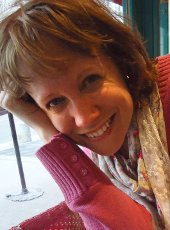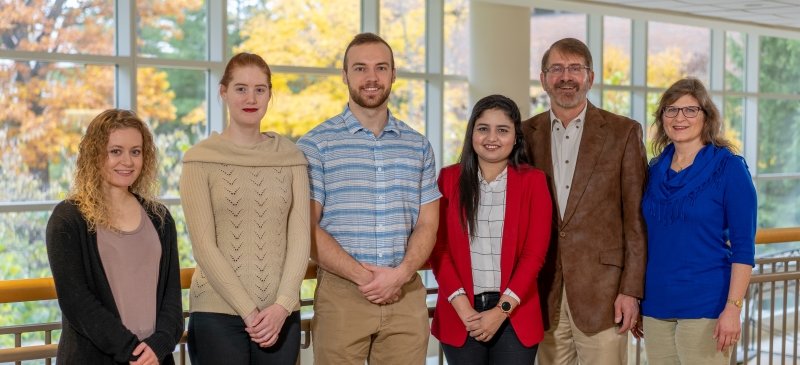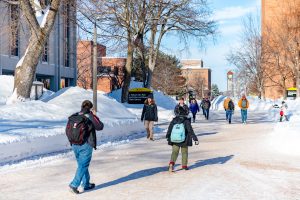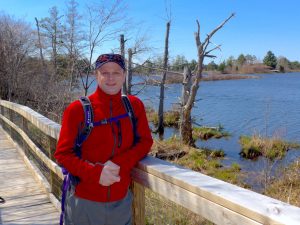 Classes nonstop from K-Day until Thanksgiving can be exhausting. On the Walker lawn outside my office, the broomball courts filled with snow from the past two storms and across the canal, I can see the snow guns blowing on Mont Ripley after a successful opening weekend. Having taken beginner lessons last year, I am ready to hit the slopes hard this winter. One of my department chairs even gave me a private lesson on waxing and sharpening my new skis!
Classes nonstop from K-Day until Thanksgiving can be exhausting. On the Walker lawn outside my office, the broomball courts filled with snow from the past two storms and across the canal, I can see the snow guns blowing on Mont Ripley after a successful opening weekend. Having taken beginner lessons last year, I am ready to hit the slopes hard this winter. One of my department chairs even gave me a private lesson on waxing and sharpening my new skis!
I was very proud last month when eight of our Kinesiology and Integrative Physiology students presented at the Michigan Space Grant Consortium. Their presentation, Setting foot on Mars: A Big Step and Even Greater Leap for Undergraduate and Graduate Students, analyzed the most energetically efficient form of locomotion on Mars and its implications for successfully carrying out a human Mars mission. They are now seeking funding to present at the Johnson Space Center in Texas.
Over in Cognitive and Learning Sciences, a large contingent of faculty and students represented Michigan Tech well at the Human Factors and Ergonomics Society Conference in Seattle. Six of our students presented posters at the conference. The talent and dedication of our students and faculty is what makes MTU such a special place.
Our architects recently unveiled the first rough sketches of our new health research building, and whatever doubts I had were washed away. It will be a beautiful seven-story structure attached to the southeast corner of the Chemical Sciences building, with natural light throughout the building and, hopefully, some mass timber construction. While the state is paying part of it, we will lean heavily on support from our alumni and corporate partners to maximize the potential of this space. I was particularly impressed by the prediction that the new space will use less than 1/3 of the energy per square foot than our current laboratory space on campus! Health research and pre-health education are both growing parts of our mission at Michigan Tech.
For the first time ever, this year’s freshmen class in CSA was majority (52%) female! This class was 8% larger than last year. Our efforts now focus on retaining these students and recruiting another great class next Fall. In CSA our application numbers for Fall 2020 are up more than 80% from the same time the previous year, and have, as of November 16, exceeded the final total from last spring! I’m proud of our wide array of degree options in the College that are proving so popular with the students.
Critical to everything we do are our alumni and friend donors. All your donations to our departments, scholarships, and the general fund are vitally important to our success. For those interested in supporting the greatest needs of the College, we have established a Dean’s Priority Fund. With state support representing only about 16% of MTU’s budget, your gifts make a huge difference in the lives of our students and faculty every day. Thank you!
If you are a current student or alumni back in town I hope you will stop by, say hello, and share with me your MTU story. Please do not hesitate to email me at any time at djhemmer@mtu.edu to share your MTU experience or make suggestions.
David Hemmer
Dean, College of Arts and Sciences
 We are midway through the semester now and winter is in the air and on the ground with a coating of snow that seems to have stayed. On the Walker lawn outside my office the broomball courts are under construction. I recently enjoyed watching my first cardboard boat races, including one magnificent vessel captained by our very own President Koubek!
We are midway through the semester now and winter is in the air and on the ground with a coating of snow that seems to have stayed. On the Walker lawn outside my office the broomball courts are under construction. I recently enjoyed watching my first cardboard boat races, including one magnificent vessel captained by our very own President Koubek!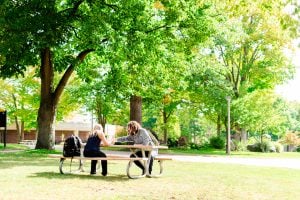
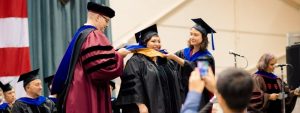 Greetings from the College of Sciences and Arts at Michigan Tech!
Greetings from the College of Sciences and Arts at Michigan Tech!